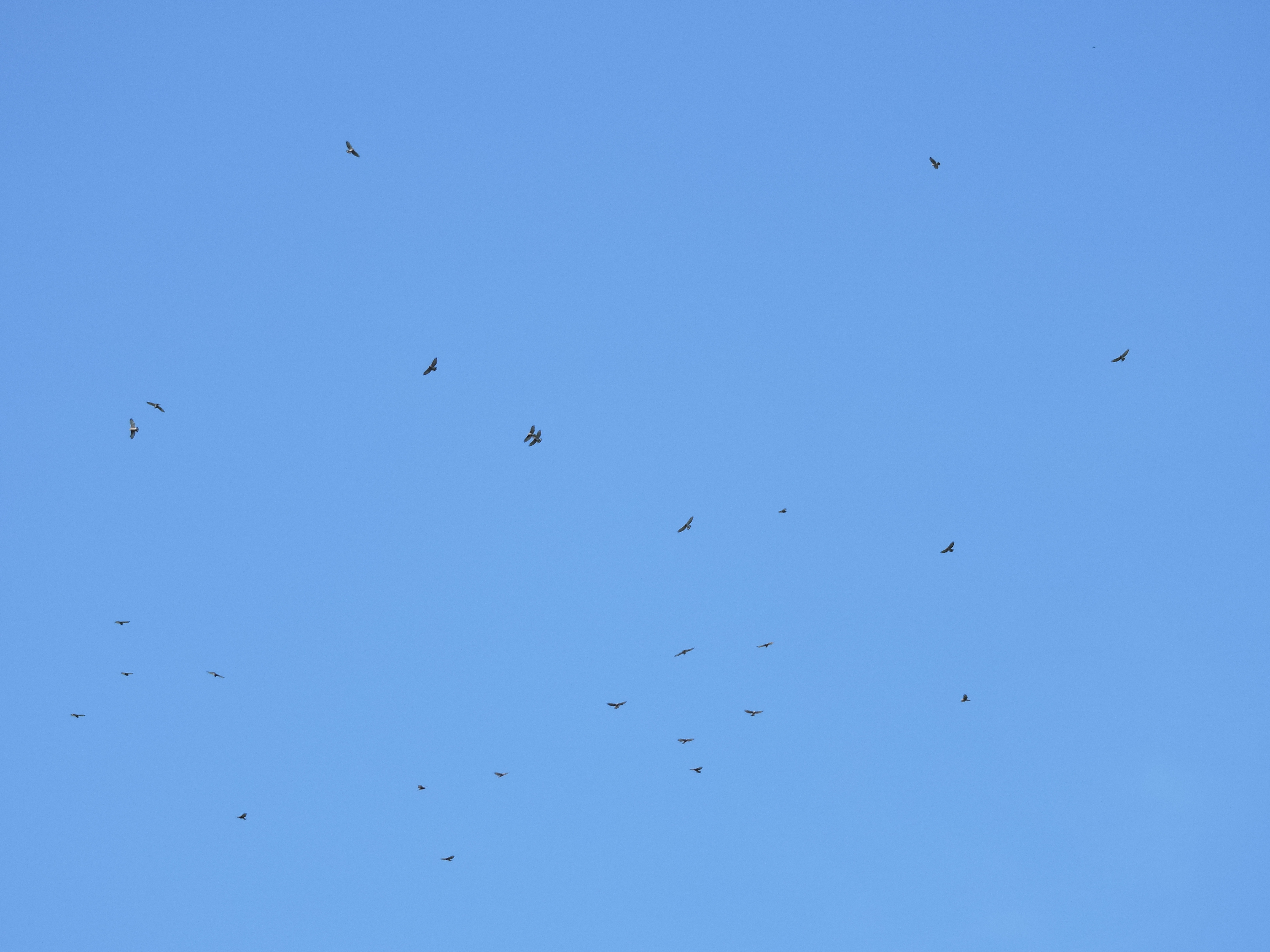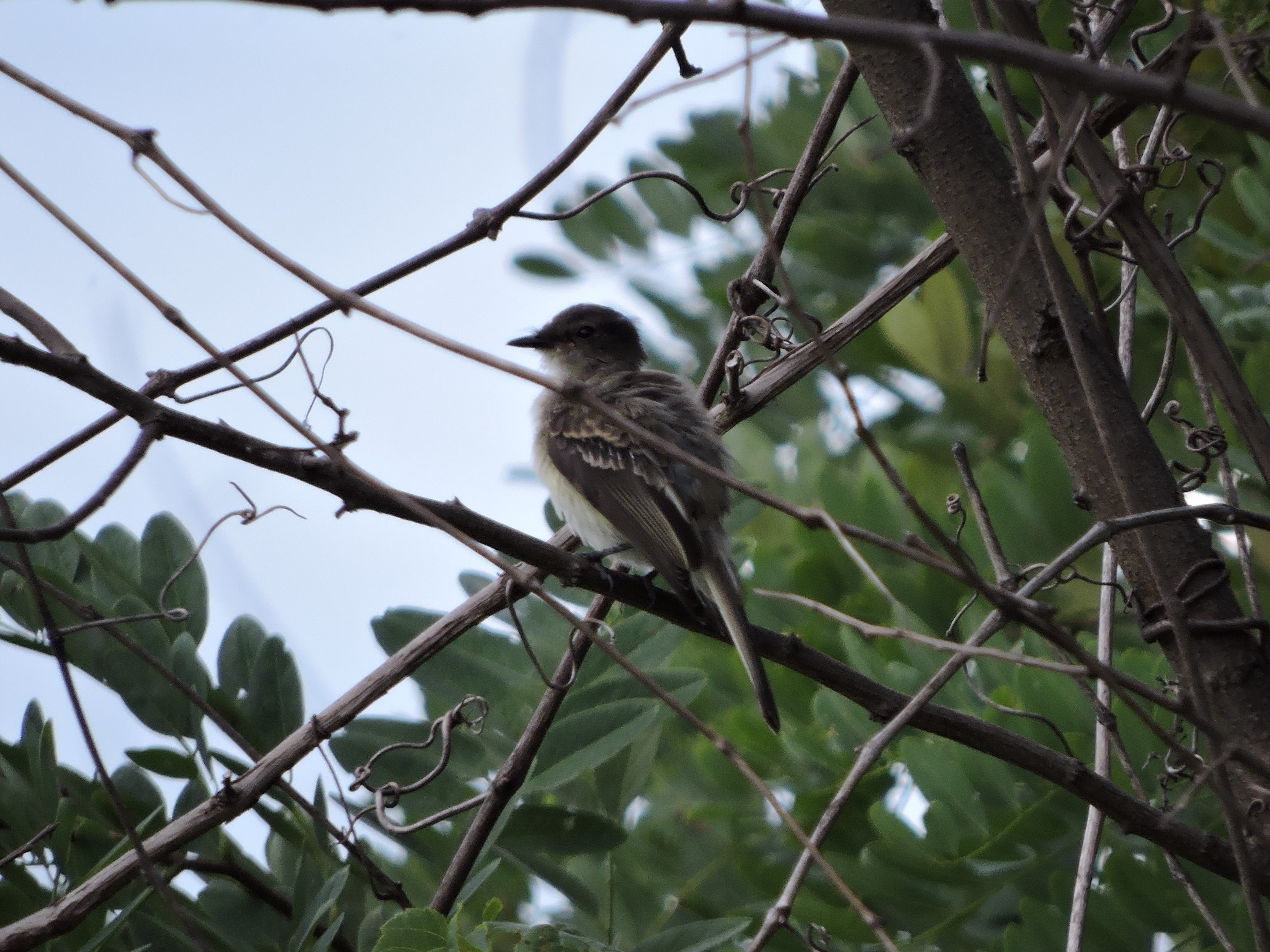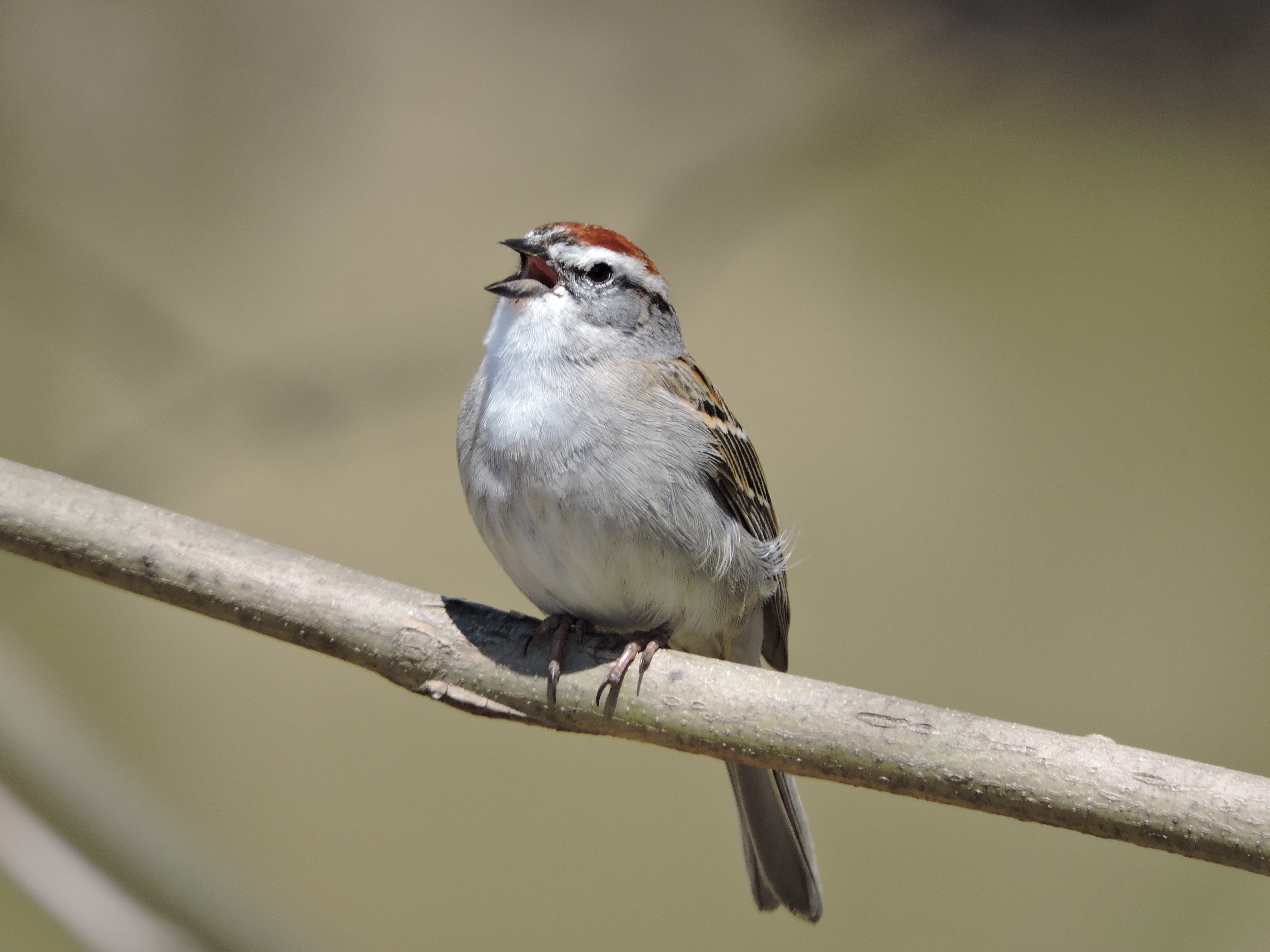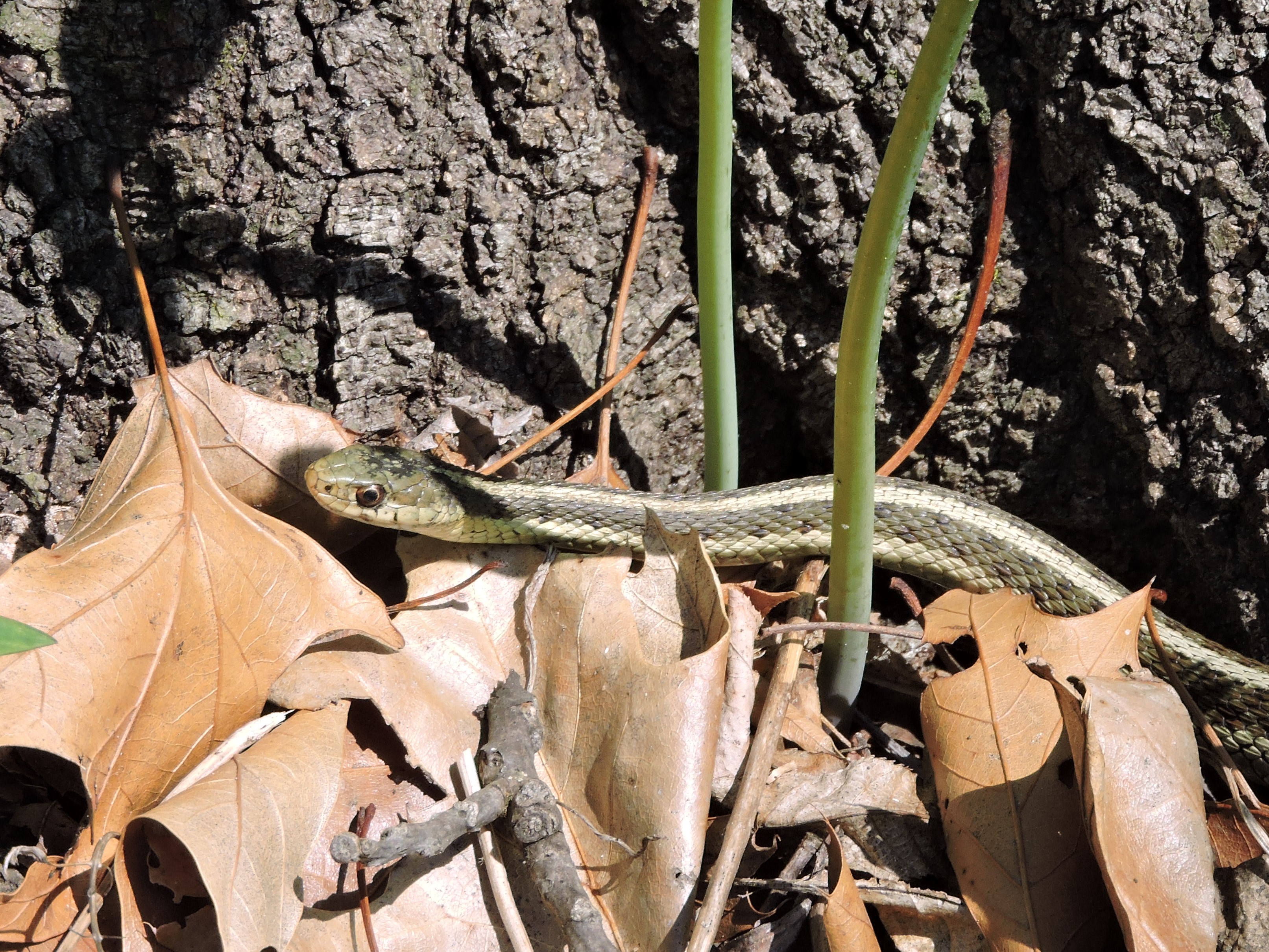I get to bird North Carolina whenever I visit my family there; usually once a year or so. But I have only ever done so in winter or summer. Over spring break we loaded up and went to Raleigh for a week, which provided a nice new set of birds that I’m not used to seeing.

The best birds were those that I got to see on a day trip to Wrightsville Beach in New Hanover County.

I have seen Brown Pelicans before, but not since I have been an actual birder. Watching the flocks soar in formation over the Atlantic was a big highlight of the trip.



Some familiar Midwest birds, an Osprey and Bonaparte’s Gulls, were in some vastly different habitat than I am used to seeing them in.

There was also a totally new bird for me – Sandwich Tern! This trip now marks my third consecutive beach visit with a lifer. We’re going to the Lake Michigan shore in June, so I am optimistic to make it four for four.

Oh, and there were other life forms, too.

Back at my parent’s place in the central part of the state, the birds were getting ready for spring too. A pair of Eastern Phoebes were busy building a nest under the deck.

The ubiquitous Carolina Chickadees were also nesting. This one found some animal fur caught on a branch at the hiking trails surrounding the art museum.

The dominant crow down there is Fish Crow. I heard their distinct “ah-ah” calls constantly.

And once you learn the squeaky dog toy call of the Brown-headed Nuthatch, you can never not hear it.

In general, the avifauna of the inland Carolinas is similar to that of the Midwest. But the abundance of certain species is very skewed. Up here, Eastern Towhees are relatively hard to come by, but they are a dime a dozen down there.

Ditto that for Northern Mockingbird.

In early April anywhere, though, it’s easy to get excited about the start of migrant season. Hermit Thrushes start to appear in numbers.

I caught four of the early warbler species, but just like home, Yellow-rumped were the most abundant.

Purple Martins also gathered in flocks, which entertained Jaime and Alice as they walked with me one day.

A surprise White-eyed Vireo gave me a new state bird for NC as we watched the kids at the neighborhood playground.

The real neighborhood celebrities, though, were the Great Blue Herons flying around.

And finally, it was a great change of pace to get daily Double-crested Cormorants as yard birds.



























